Freeze Frame: Analogue Photos That Resemble Favorite Childhood Movies
1 7 Share TweetThere are certain movies we watched in our younger years that emotionally moved us, informed our ways of seeing, and played a seminal part in our childhoods. Now etched into our memories, these films continue to form and reform our tastes and perspectives as we carry pieces of these imaginary worlds within us.
For this article, I revisited the films that had stayed with me through my childhood and rounded up a selection of five whose stories, unique imagery, and memorable viewing experiences are still very close to my heart. I paired each film with community photos that resembled its elements, from framing to color, motifs to symbols, and patterns.
What these five films all have in common is that they share parts of the analogue process in their filmmaking — they use an analogue approach to augment the gravity of the narratives they are telling and purposefully push the boundaries of storytelling, whether that be in fantasy, comedy, or coming-of-age tales.
Alice in Wonderland (1951)
Welcome to another world, a wonderland. One where animals talk and humans materialize their fantasies. Based on Lewis Carroll’s Alice’s Adventures in Wonderland and Through the Looking-Glass, the film has had a different impact on me at each stage of my life.
How the film incorporates grotesques and draws themes of wonder, mystery, and risk mixed with fun and fanciful hopes is something that demands attention. To open oneself to the world of Alice in Wonderland is to be enamored with dreams and wild imaginations. Some of these images caught with the Diana F+ Camera & Flash, Fisheye No. 2 35 mm Camera, and Lomography Color Negative 35 mm ISO 400 embody just that.
The Parent Trap (1998)
The remake of the 1960 classic of the same title was the feel-good family film that practically raised me. It had all the makings of what a comfort film could be in the late 90s to early 2000s for a pre-teen: an all-girls summer camp by the lake? Check. Mini sports competitions among campers? Check. Low risk but fun scheming? Check. Retail therapy montage around the city? Check.
Director Nancy Meyers paints a portrait of a childhood summer worth remembering, where early feelings of autonomy, confusion turned clarity, bliss, curiosity, and joy all converge to form a classic comfort family film. The photo selection above consisting of film photographs captured by community members from all over the world represents the film’s nostalgically playful nature. They were taken with the more playful selection of Lomography cameras such as the Lomo Lubitel 166+ and ActionSampler, and shot with film that includes LomoChrome Purple Pétillant 35 mm ISO 100–400, and Lomography Color Negative 35 mm ISO 400.
Spirited Away (2001)
One of the most widely celebrated animated films of all time, Studio Ghibli’s 2001 masterpiece Spirited Away, is the film responsible for shaping the development of the animation genre for decades to come. Directed by the living legend Hayao Miyazaki, the otherworldly dimension he has created through this film is a work of art. It is a universal film that transcends borders with its imaginative and inspired storytelling and continues to have an impact on new generations that discover it.
It’s a coming-of-age story similar to classics such as Alice in Wonderland. We find the lead, Chihiro, finding power within her youth and the gravitas of each decision she makes. Watching this as an 11-year-old — not too far from Chihiro’s age — was formative. Visually speaking, Miyazaki's expansive world heavily inspired by folklore highlights the artistic process behind each frame. With each frame drawn by hand, the film embodies a sense of analogue which is used to add nuance and multiplicity of layers to the story being told.
The photos captured here, a portion of which are evocatively ghostly black-and-white 35 mm images taken with the Lomo LC-Wide 35 mm Film Camera, Earl Grey B&W 35 mm ISO 100, and Lady Grey B&W 35 mm ISO 400, encapsulate the spiritual realm that the film is set in.
She's the Man (2006)
The 2006 Shakespeare modern adaptation of Twelfth Night was the teen comedy classic that greatly informed my pre-teen years and charmed its way into something worthy of multiple rewatches.
Similar to the play, the film draws themes of changing identities and unrequited love but with much more lightheartedness and cheer. It hits the comedic bone of every early student-athlete’s high school experience: entangled inter-school drama, sports, self-discovery, and early romance.
With the movie being shot on 35 mm motion picture film, a couple of these Lomography community members’ photos shot on 35 mm using the Diana Mini & Flash Half-frame & Square Camera, Diana F+ Camera & Flash, Horizon Kompakt, paired with the Lomography Color Negative 35 mm ISO 100 and B&W Orca 110 ISO 100 showcase the spirited enthusiasm and ambition the characters in the film exude through each act.
Coraline (2009)
“Coraline may be a fairy tale, but it is set in our times, modern times, and stop-motion animation brings a charm, a warmth.” - Henry Selick
Writer-director Henry Selick adapted Neil Gaiman’s novel Coraline into an animated film that favored an older kind of analogue technology in its conceptualization and filmmaking. As the final film in this list, I believe this to be the culmination of the analogue process, embodied in multiple still photographs that bring Coraline’s world into our reality.
Like Alice in Wonderland, Coraline is filled with grotesques. The film welcomes viewers into a secret passage of a mirrored world. I recall watching this when I was younger and remember just how impressionable that portal world was. Overall, the film stuck with me for the very reason that it pushed the boundaries of what I knew about film and “children’s stories” at the time — visually presented in a kind of croon that haunts and lulls you into a space you hadn’t dared to visit.
“New is always equated with ‘better’...But I always thought [the story] would be best served…as a stop-motion animated film.” - Henry Selick
A tribute to older forms of storytelling, the images shared above that resemble aspects of Coraline were captured using film cameras such as the Lomo LC-A+ 35 mm Film Camera, Lomo LC-Wide 35 mm Film Camera and the unmistakably analogue Sprocket Rocket 35 mm Panoramic Camera — allowing us to rewind and remix memories how we see fit.
What are your favorite films from childhood? Do you see aspects of them in your photography?
written by macasaett on 2024-01-08 #culture #films #childhood #diary #youth #early-2000s













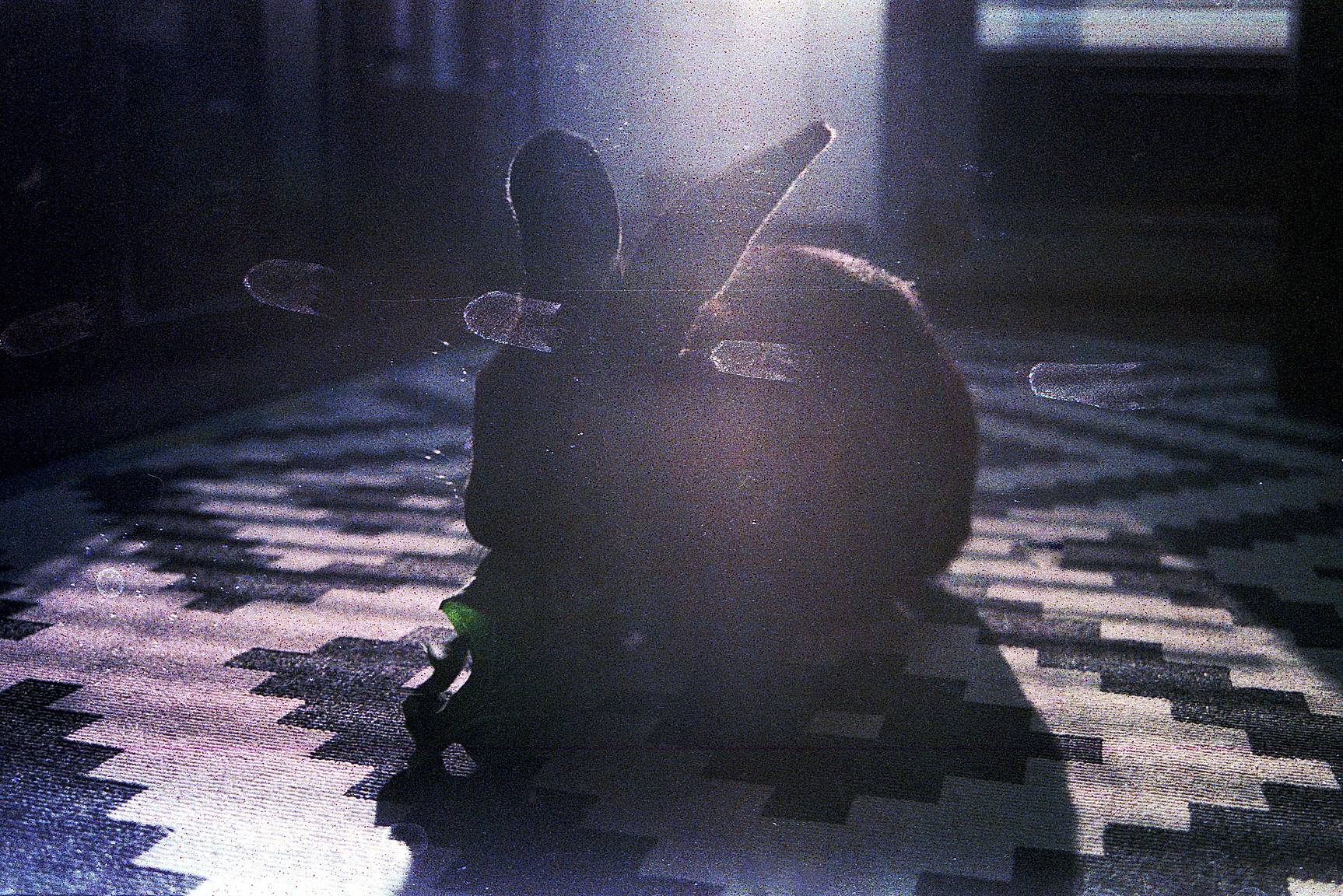












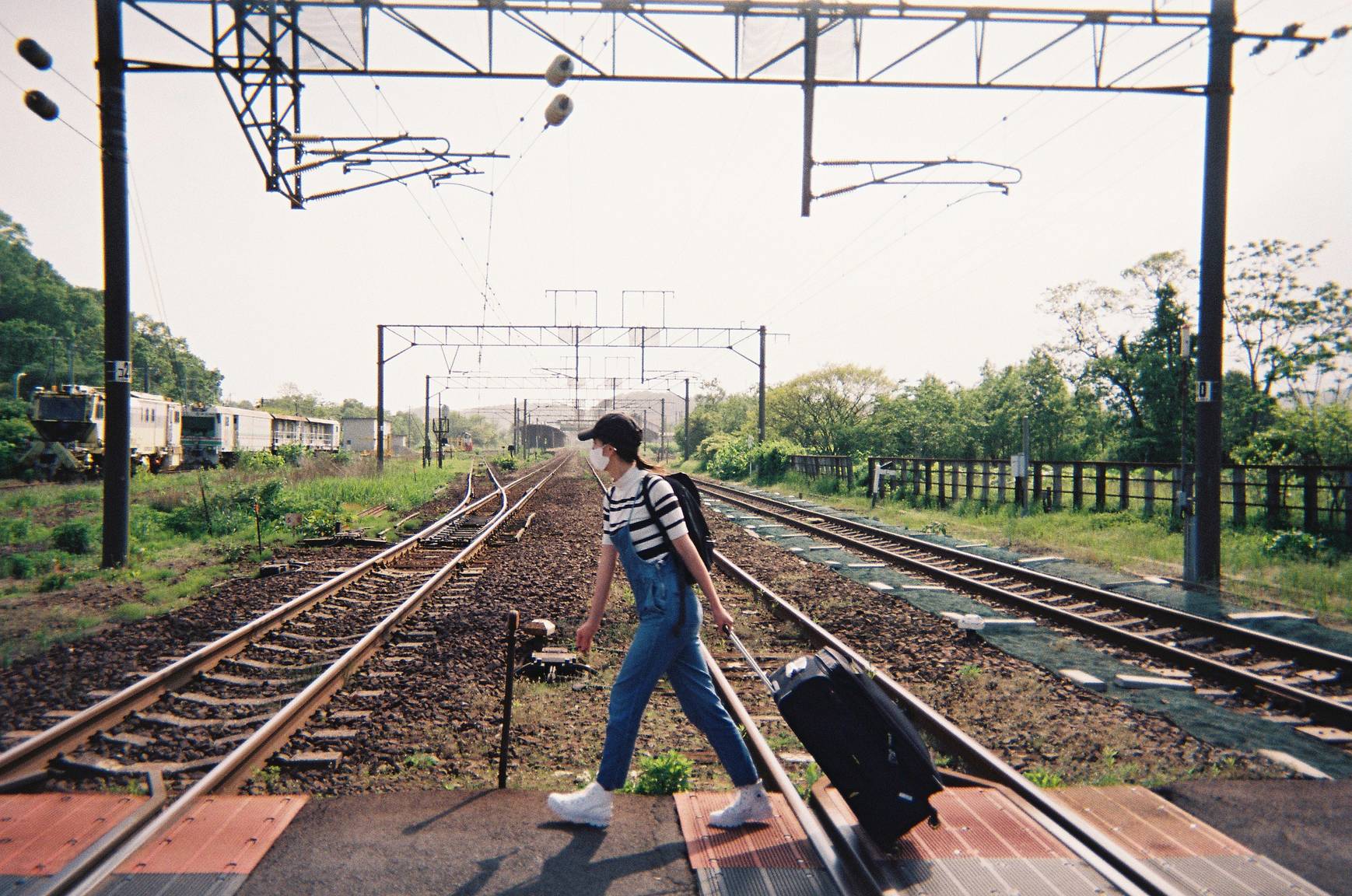





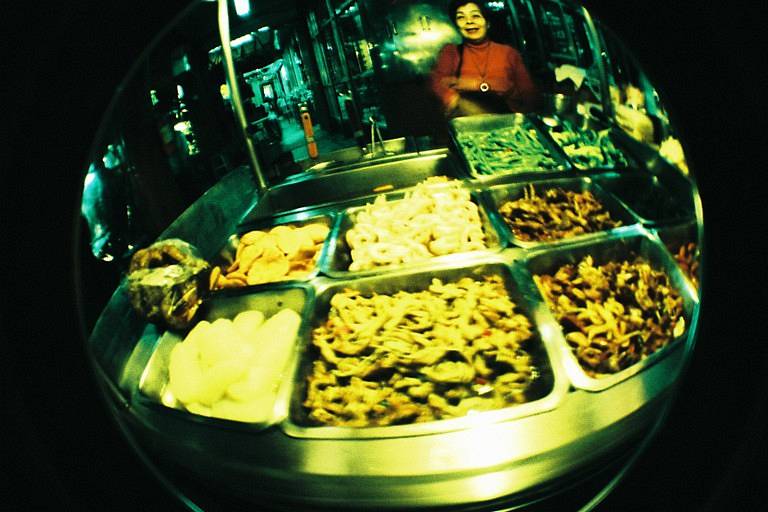






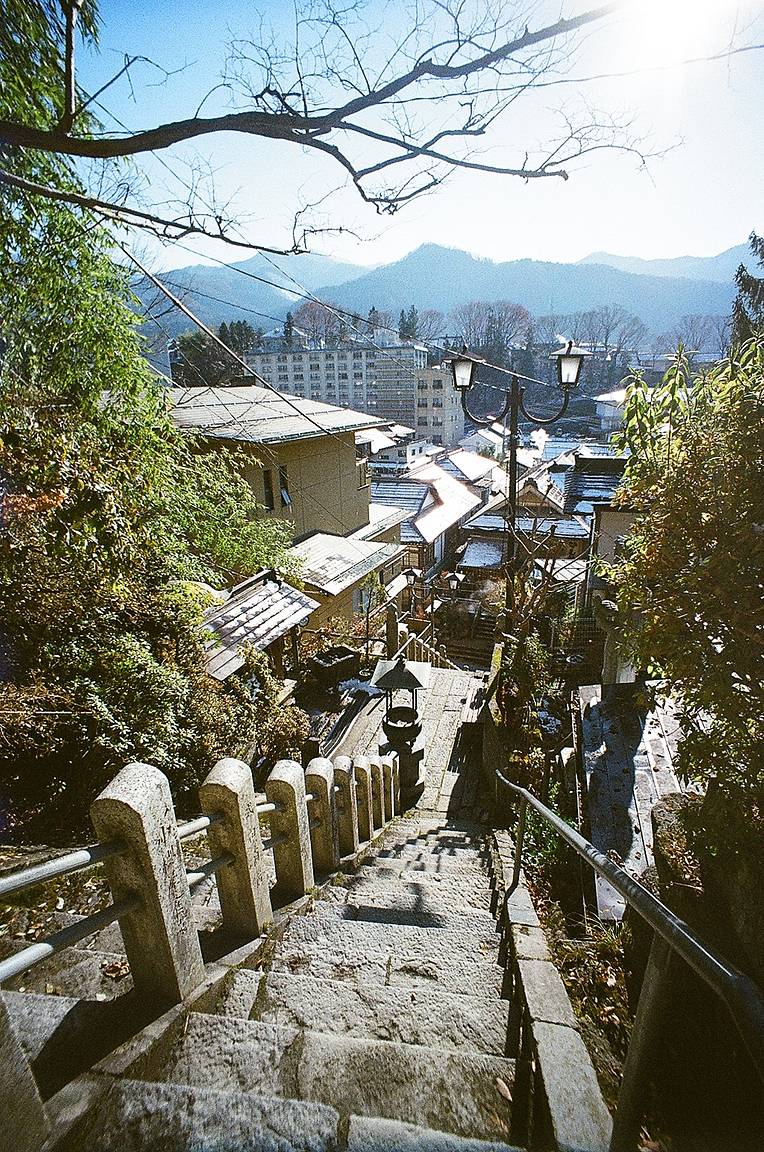












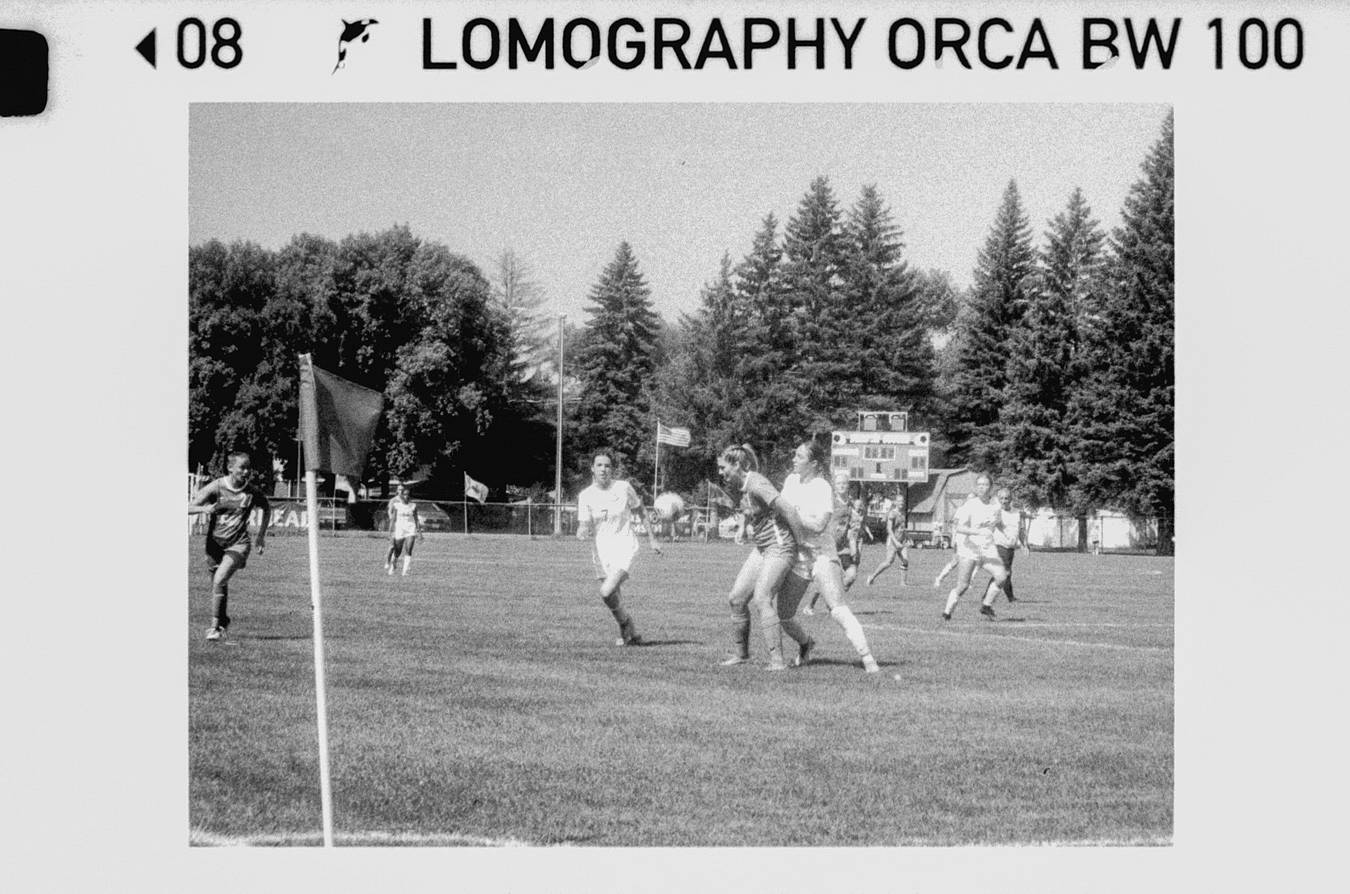











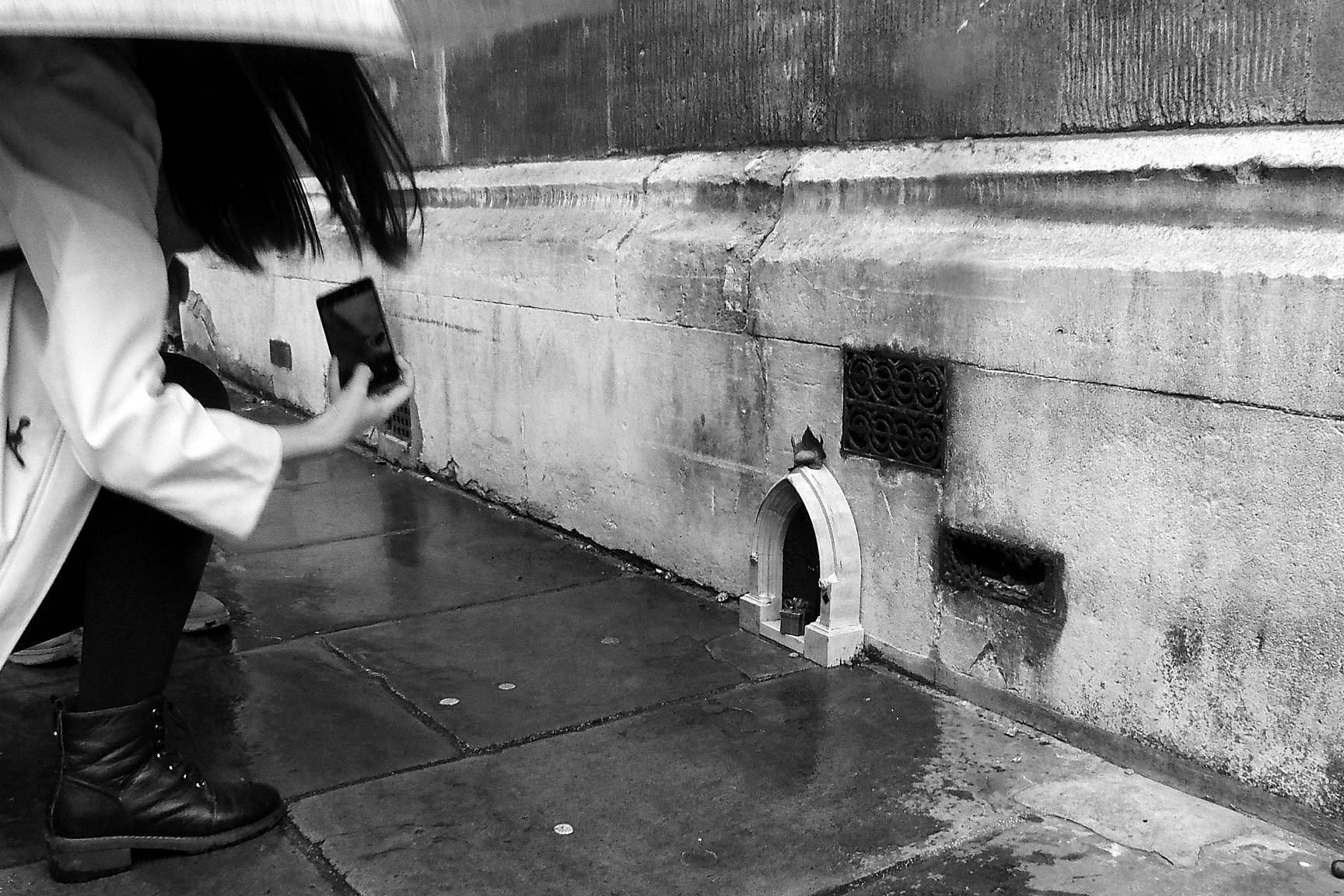







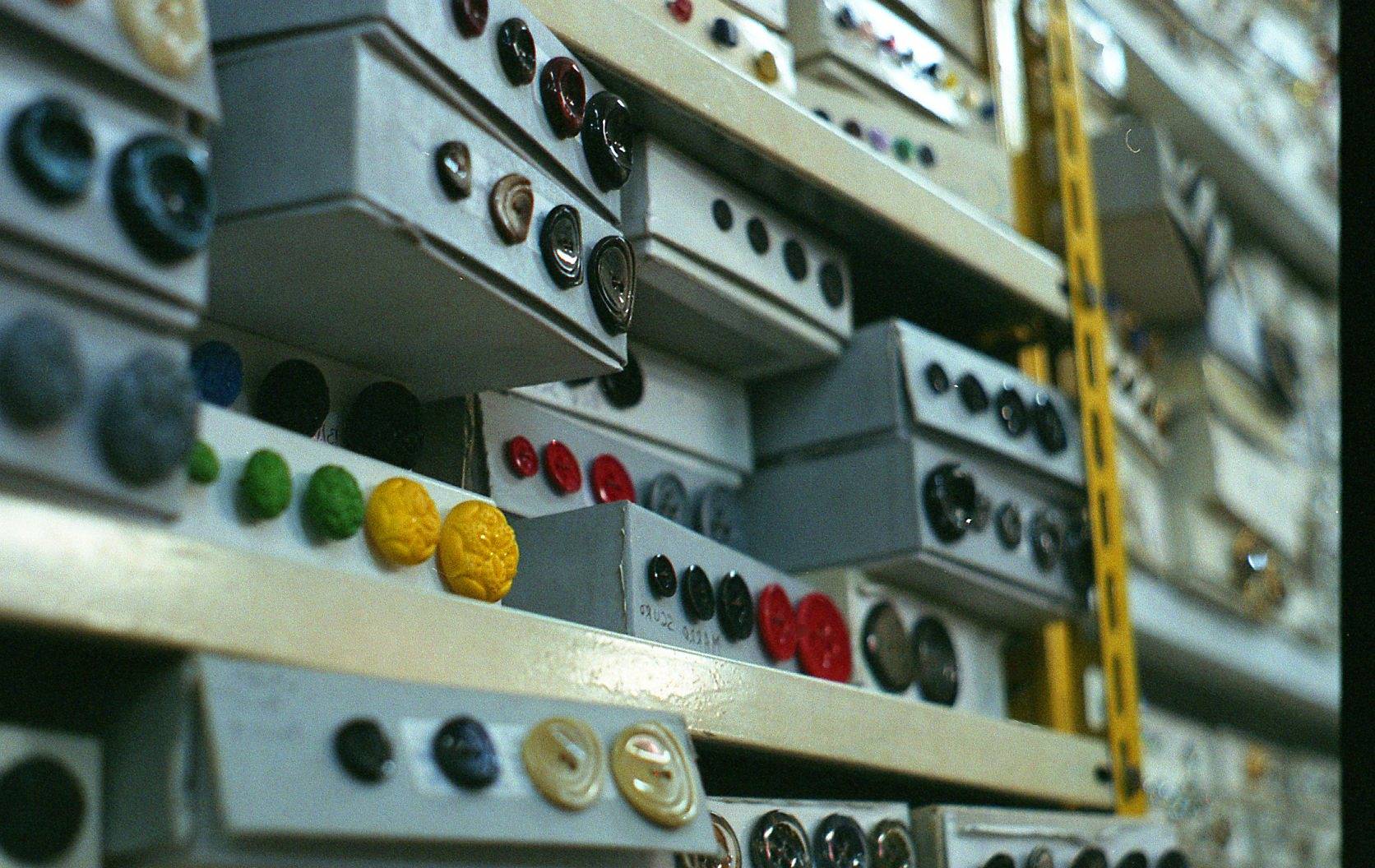



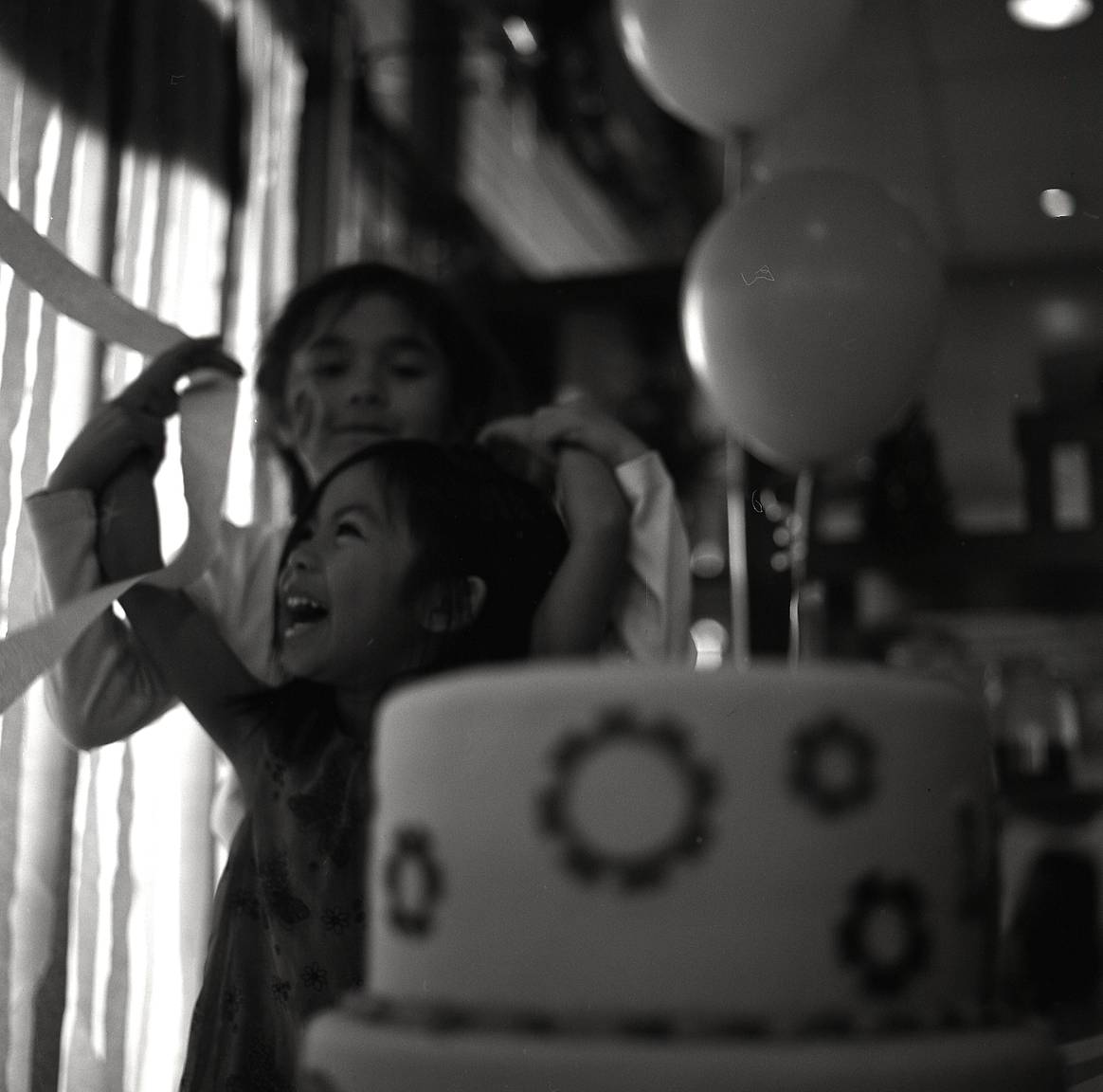

















One Comment